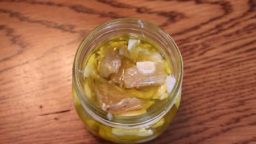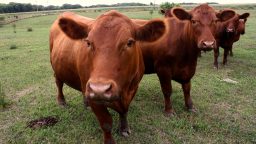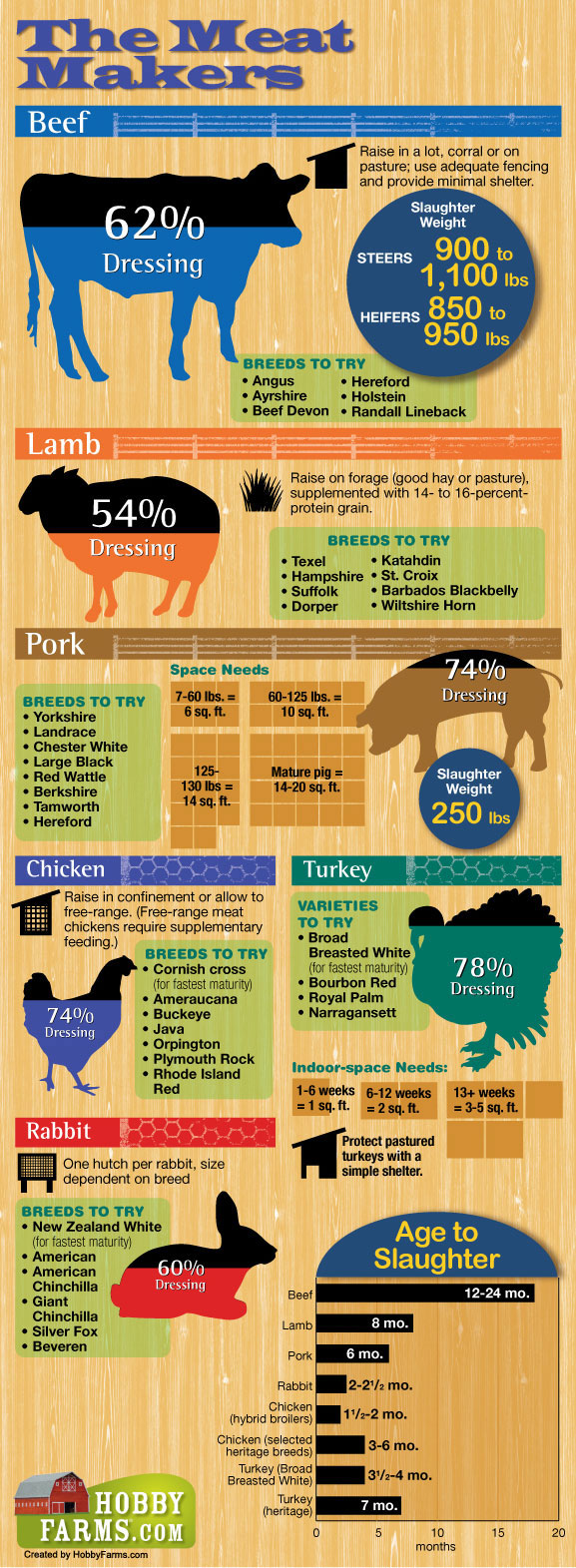A few weeks ago, we wrote an article on ways to profit off your land as a homesteader, and we promised there’d be more, so here it is!
This week’s post on how to profit off your land is all about livestock, dairy, and meat. Being able to raise, consume, and sell your own animal byproducts is one of the biggest appeals of homesteading, and, with the right set-up, experience, and a bit of time, you can conceivably pull quite a profit.
We already covered eggs, which is a really good start and has relatively low overhead. It’s a great small-scale farming operation, that can bring at least some nice pocket change that will more than offset the cost of feeding and housing your chickens. Here are five ideas for ways to profit off your land by raising and selling animals and/or their byproducts.
1. Sell Milk
Raw milk from farm-raised cows is all the rage these days, if you are legally allowed to sell it. A lot of farmers all over the country pull a very nice profit selling fresh raw milk, and it doesn’t take a whole lot to get set up to do it. You can milk by hand or get a commercial milker, just make sure you handle it safely. While in many states it is entirely up to the customer’s discretion if they want to take the “risk” of consuming raw milk, you’ll still want to ensure it is safe, healthy, and clean.
2. Sell Chickens
If you have a nice-sized flock of chickens, sell your chicks or extra hens for another source of side cash. A lot of people will be eager to buy hens who have already matured to egg-laying age, or large fryers to eat.
3. Sell pigs
Pigs are a very efficient way to raise meat, as they are cheap as piglets, don’t require a lot of space to live, and also mature very quickly. Due to these factors, they’re actually far more cost efficient to raise for meat than cows. You can sell piglets when your sow gives birth, but you’ll make far more money selling fully grown hogs for meat. You can get about $250-300 dollars for one mature hog!
4. Sell goat cheese
Goat cheese is a coveted artisan food product, and it’s not too complicated to make. Goats are easy to keep and feed, and can be pretty cost-effective. You can make delicious, fresh, homemade cheese to sell at farmer’s markets and charge a very decent price.
5. Sell cows
As opposed to piglets, calves can actually be sold at a very high price. Of course, you typically only get one per cow, you can sell them for $70-$150, and, if you want to keep your cow’s milk all to yourself, this might be a desirable option for you once the calf is big enough to leave her mother.
These are a few more ideas for ways to profit off your homestead land. Let us know if you’ve got ideas and we’ll feature them on an upcoming post.
If you enjoyed this, you might also like….





